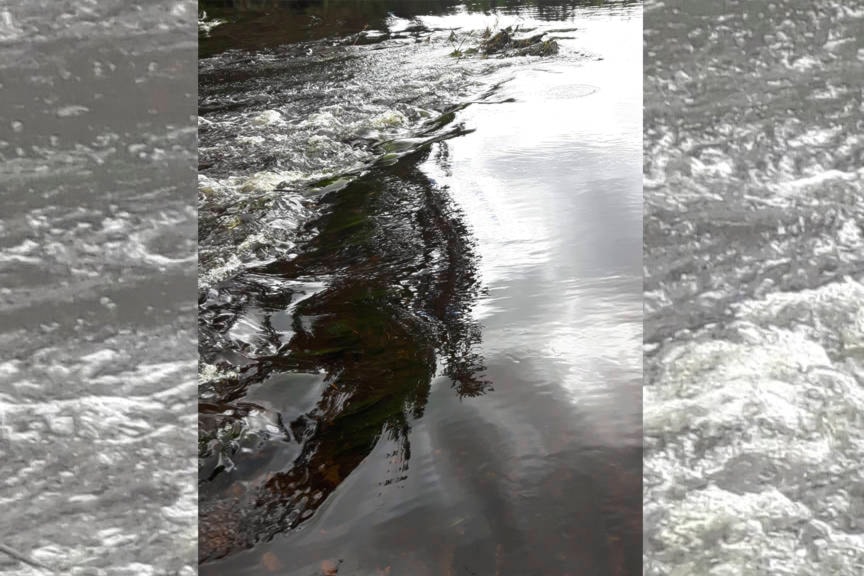The proposed construction of a passive weir has created confusion among community members with several convinced of an existing weir on Burns Lake. However, the Upper Fraser Fisheries Conservation Alliance (UFFCA), an Indigenous fisheries organization working on the current weir proposal, has said that they are not aware of any such weir nor has it come up in any discussions.
In the past two weeks, we had few community members wanting to know about an existing weir on the Burns Lake. In 2003, a weir was in fact proposed by the Burns Lake Band to address concerns over the depleting salmon stock in the Endako river. The proposal was met with opposition from the community members at that time and apprehension from the village council over the impact such a weir would have on water levels.
However, the UFFCA biologists and the technical team is not aware of a weir currently operating in Burns Lake.
”With respect to the article from 2003, this is exactly the same project but “reimagined” as the engineer of record Barry Chillabeck said in our public engagement webinars June 3 and June 9,” said Lisa Krebs, a UFFCA representative for the weir.
She also said that the weir was initially proposed in the late 90s by the Carrier Sekani Tribal Council (CSTC) and the original weir design proposed in 2003 was a solid concrete structure and had limited hydrological data to support design efficacy.
”In short, the design has changed substantially but the objective has not. There now exists robust data on numerous elements of the hydrology / health / behaviour of water in Burns Lake,” Krebs added to provide background on the current project.
She also said that the current design of the weir is “passive” meaning it would have no gates, valves or pipes but in fact an engineered placement of rocks.
The flow changes intended to result from the weir aren’t so much about allowing fish to jump over dams, but about providing more depth in certain areas to support access to preferred spawning areas, and juvenile rearing habitat, she said.
“Also, what is very important to note is that the new weir structure is designed to be “mitigable”, meaning that if it is built, and monitoring identifies unintended consequences, the weir could be modified quite easily,” said Krebs.
The village of Burns Lake and the Regional District of Bulkley Nechako also has no records of such a weir being constructed or in operation before or after 2003.
“To the best of my knowledge, the weir was never constructed,” said Michael Riis-Christianson, the electoral area A director.
He also said that several Area B residents have contacted him over the currently proposed weir. The residents are mainly concerned about the potential for erosion and the possible impact higher water levels could have on lakefront septic systems. They are also dissatisfied with the engagement process (which at this point has all been completely virtual due to public health restrictions) and feel everything is moving too fast.
“Many residents of Electoral Area B have poor internet service, while others do not feel comfortable operating computers, which makes this form of engagement woefully inadequate. Others have expressed concern about altering what they consider the normal flow regime of the Endako River, and have suggested that improving flows in the river without addressing debris and beaver dam issues will negate most of the project’s potential benefits,” he said adding that he has communicated these concerns to the proponent, both verbally and in writing.
“Most people are supportive of salmon enhancement, but want to have adequate opportunity to ask questions and voice their opinion. They also want to have time to reflect on the matter, and do not feel they have it,” he said.
ALSO READ: Passive weir could be constructed on Endako river
Priyanka Ketkar
Multimedia journalist
@PriyankaKetkar
priyanka.ketkar@ldnews.net
Like us on Facebook and follows us on Twitter.
